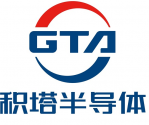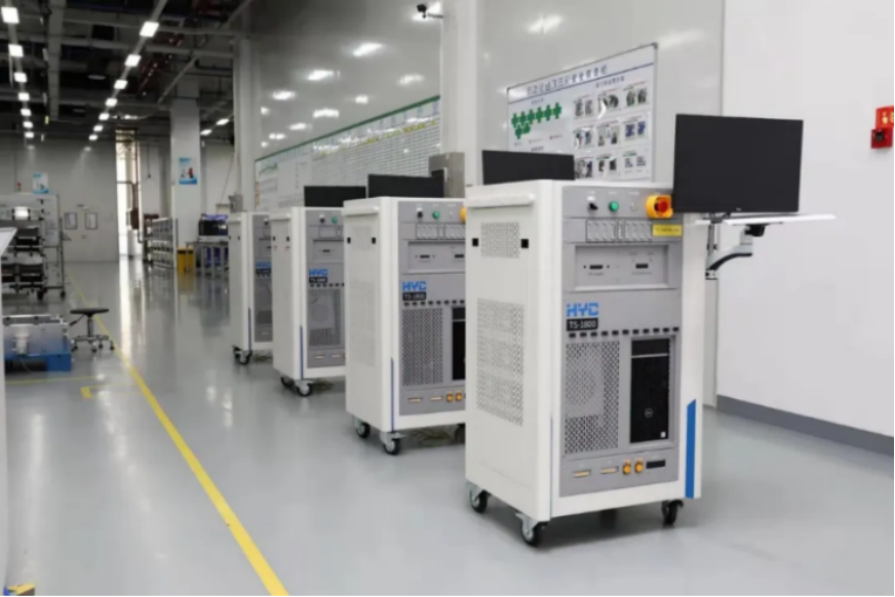AVIC invests in GTA Semi
On November 30, 2021, Shanghai GTA Semiconductor Co., Ltd. completed a strategic financing of RMB 8 billion. As one of the main investors, AVIC Aviation Industry Investment Co., Ltd. (hereinafter referred to as "Aviation Industry Investment"), an industrial investment platform of AVIC Industry Finance, has increased its capital by 240 million yuan in GTA Semiconductor.

GTA Semiconductor was established in 2017 and is a wholly-owned subsidiary of Huada Semiconductor . Huada Semiconductor is a subsidiary of China's electronic information industry and one of China's top 10 integrated circuit design companies.
In August 2018, GTA Semiconductor's characteristic process production line was started in Lingang, Shanghai, with a total investment of 35.9 billion yuan. In October 2018, GTA Semiconductor and Shanghai Advanced Semiconductor Manufacturing Co., Ltd. signed a merger agreement. After the merger, GTA Semiconductor will be divided into two factories, Lingang and Hongcao. With decades of experience in the manufacturing and R&D of analog, high-voltage, and power devices , Shanghai Advanced Technologies has laid a solid foundation for the establishment of the market competitiveness of GTA Semiconductor's characteristic process production lines.
Lingang production capacity layout is dedicated to high-end applications such as industrial control and automotive electronics . Special craft production lines: 8-inch production line 60,000 pieces/month, 12-inch characteristic craft production line 3,000 pieces/month, 6-inch SiC production line 5,000 pieces/month, the goal is significant Enhance the core competitiveness and large-scale production capacity of China's power devices ( IGBT ), analog circuits , power management, and sensors .

Under the current development trend of the aviation industry, the investment in this project has increased AVIC’s support for independent innovation in key areas such as information technology, improved investment and industrial operation capabilities in the new generation of information technology, and deepened The “finance + industry” development model of China Aviation Industry & Finance will help solve the problem of chip bottleneck and promote the transformation and upgrading of the aviation industry, technology industry, central enterprises and the real economy.
On November 30, 2021, Shanghai GTA Semiconductor Co., Ltd. completed a strategic financing of RMB 8 billion. As one of the main investors, AVIC Aviation Industry Investment Co., Ltd. (hereinafter referred to as "Aviation Industry Investment"), an industrial investment platform of AVIC Industry Finance, has increased its capital by 240 million yuan in GTA Semiconductor.

GTA Semiconductor was established in 2017 and is a wholly-owned subsidiary of Huada Semiconductor . Huada Semiconductor is a subsidiary of China's electronic information industry and one of China's top 10 integrated circuit design companies.
In August 2018, GTA Semiconductor's characteristic process production line was started in Lingang, Shanghai, with a total investment of 35.9 billion yuan. In October 2018, GTA Semiconductor and Shanghai Advanced Semiconductor Manufacturing Co., Ltd. signed a merger agreement. After the merger, GTA Semiconductor will be divided into two factories, Lingang and Hongcao. With decades of experience in the manufacturing and R&D of analog, high-voltage, and power devices , Shanghai Advanced Technologies has laid a solid foundation for the establishment of the market competitiveness of GTA Semiconductor's characteristic process production lines.
Lingang production capacity layout is dedicated to high-end applications such as industrial control and automotive electronics . Special craft production lines: 8-inch production line 60,000 pieces/month, 12-inch characteristic craft production line 3,000 pieces/month, 6-inch SiC production line 5,000 pieces/month, the goal is significant Enhance the core competitiveness and large-scale production capacity of China's power devices ( IGBT ), analog circuits , power management, and sensors .

Under the current development trend of the aviation industry, the investment in this project has increased AVIC’s support for independent innovation in key areas such as information technology, improved investment and industrial operation capabilities in the new generation of information technology, and deepened The “finance + industry” development model of China Aviation Industry & Finance will help solve the problem of chip bottleneck and promote the transformation and upgrading of the aviation industry, technology industry, central enterprises and the real economy.
Last edited:

